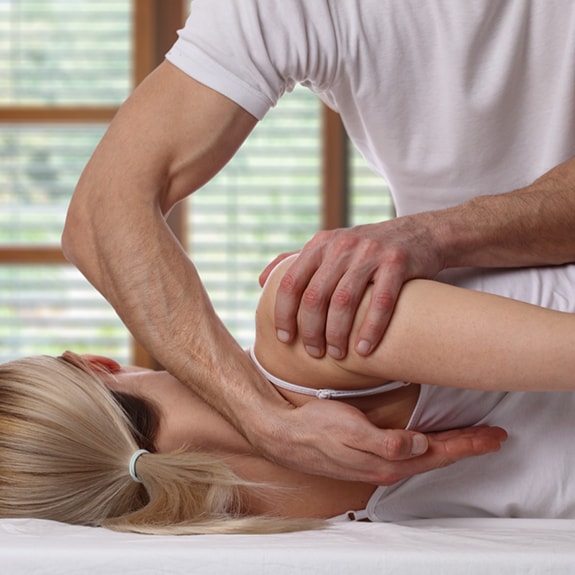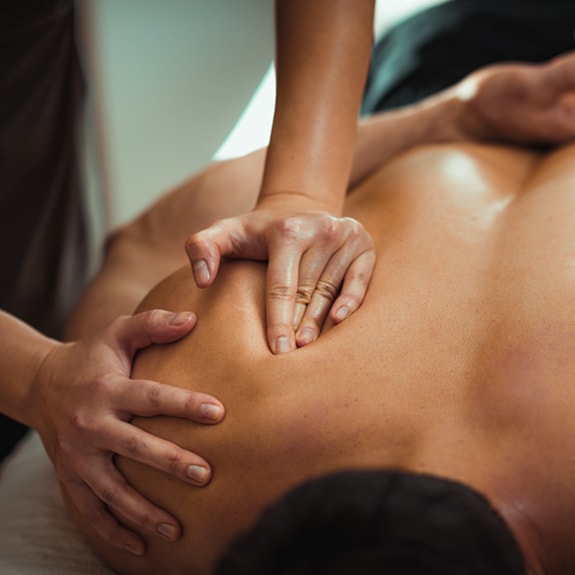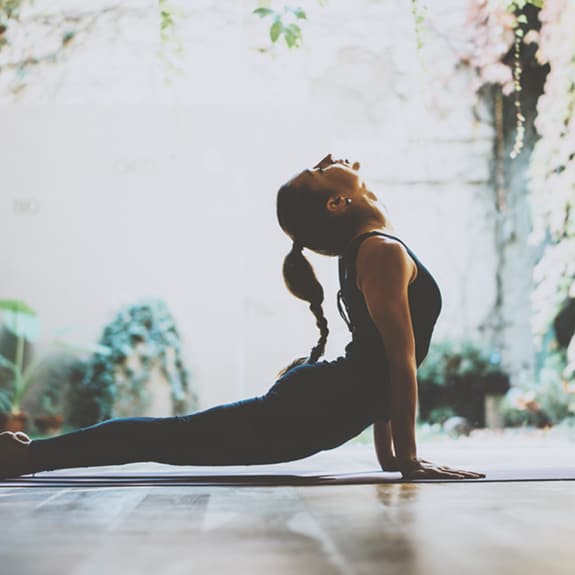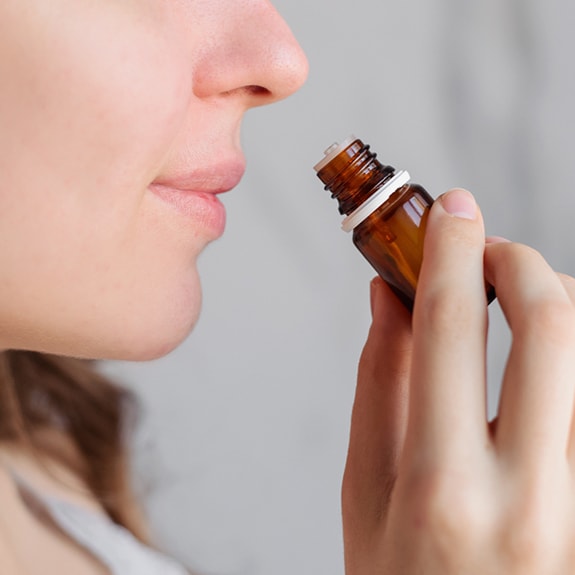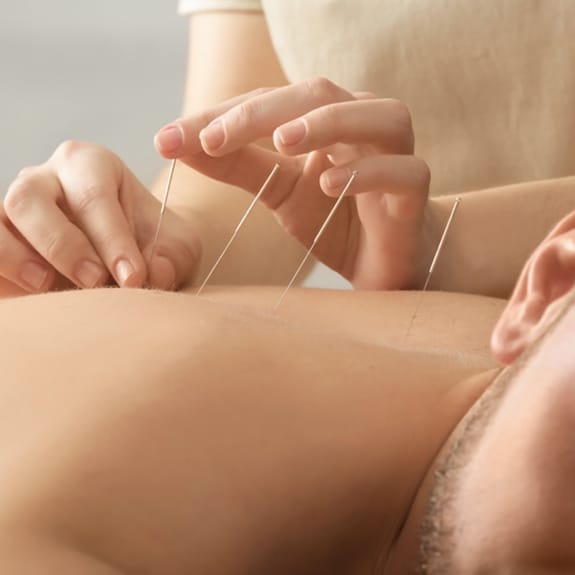The information provided on this site is for educational purposes only and is not a substitute for professional medical advice. Please consult a healthcare professional for medical advice, diagnosis and treatment.
Pain medications can play a large role in relieving pain, but did you know that adding alternative medicine to your treatment plan can expand your arsenal in the fight against pain? A growing body of research shows that alternative medicine can help manage painful conditions from back and neck pain to headaches and arthritis.
Here’s what to know about alternative medicine and how it could help you get back to living your life fully — without having to fight through pain.
WHAT IS ALTERNATIVE MEDICINE?
Alternative medicine can refer to many different medical or health care practices with origins outside mainstream medicine. It goes by a few different names: supportive therapies, integrative medicine, holistic therapy and CAM (short for complementary and alternative medicine).
Many alternative medicine approaches have a long history, with some dating back to ancient Eastern practices. While all kinds of anecdotal evidence supports alternative medicine, researchers are now looking into how these practices affect the body and aid chronic pain management.
ALTERNATIVE MEDICINE OPTIONS TO CONSIDER
When you start researching supportive therapies, keep in mind that what works for one person might not work for another. It may take some trial and error to figure out which therapy or therapies work best for your type of pain.
Many kinds of alternative medicine are offered at pain management centers across the United States. Ask your doctor to help you find a center or refer you to a specialist. And always consult your doctor before beginning any treatment.
RELAXATION TECHNIQUES
Relaxation techniques are any practice aiming to activate the body’s natural relaxation response of slower breathing, lower blood pressure and a sensation of calm and well-being. Some of the more common types of relaxation techniques include:
ALTERNATIVE MEDICINE: A HELPFUL TOOL FOR MANAGING PAIN
Talk with your health care provider about how alternative medicine options could work for you — especially when combined with other mainstream treatments. Make sure to ask any questions you have about safety or effectiveness. With an openness to trying new things and a positive attitude, you may be able to find new practices to help experience life’s excitement and everyday moments without having to power through pain.
References
Kisling LA, Stiegmann RA. Alternative medicine. StatPearls Publishing.
English C, Gallup. One in four adults sought care for neck/back pain last year.
Rist PM, Hernandez A, Bernstein C, et al. The impact of spinal manipulation on migraine pain and disability: a systematic review and meta-analysis. Headache. 2019;59(4):532-542. doi: 10.1111/head.13501.
West M, Medical News Today. What to know about guided imagery.
Giacobbi PR Jr, Stabler ME, Stewart J, Jaeschke AM, Siebert JL, Kelley GA. Guided imagery for arthritis and other rheumatic diseases: a systematic review of randomized controlled trials. Pain Manag Nurs. 2015;16(5):792-803. doi: 10.1016/j.pmn.2015.01.003.
Elkins G, Jensen MP, Patterson DR. Hypnotherapy for the management of chronic pain. Int J Clin Exp Hypn. 2007;55(3):275-287. doi: 10.1080/00207140701338621.
Zeidan F, Vago DR. Mindfulness meditation-based pain relief: a mechanistic account. Ann N Y Acad Sci. 2016;1373(1):114-127. doi: 10.1111/nyas.13153.
Ali B, Al-Wabel NA, Shams S, Ahamad A, Khan SA, Anwar F. Essential oils used in aromatherapy: a systemic review. Asian Pac J Trop Biomed. 2015;5(8):601-611. doi: 10.1016/j.apjtb.2015.05.007.
Fung TKH, Lau BWM, Ngai SPC, Tsang HWH. Therapeutic effect and mechanisms of essential oils in mood disorders: interaction between the nervous and respiratory systems. Int J Mol Sci. 2021;22(9):4844. doi: 10.3390/ijms22094844.
Lakhan SE, Sheafer H, Tepper D. The effectiveness of aromatherapy in reducing pain: a systematic review and meta-analysis. Pain Res Treat. 2016;2016:8158693. doi: 10.1155/2016/8158693.
Adams R, White B, Beckett C. The effects of massage therapy on pain management in the acute care setting. Int J Ther Massage Bodywork. 2010;3(1):4-11. PMID: 21589696.
Maistrello LF, et al. Effectiveness of trigger point manual treatment on the frequency, intensity, and duration of attacks in primary headaches: A systematic review and meta-analysis of randomized controlled trials. Front Neurol. 2018;9. doi: 10.3389/fneur.2018.00254.
Cronkleton E, Healthline. What are the different types of massage?
Lindberg S, Healthline. How to do tai chi.
Vickers AJ, Vertosick EA, Lewith G, et al. Acupuncture for chronic pain: update of an individual patient data meta-analysis. J Pain. 2018;19(5):455-474. doi: 10.1016/j.jpain.2017.11.005.
National Center for Complementary and Integrative Health. Chronic pain and complementary health approaches.


